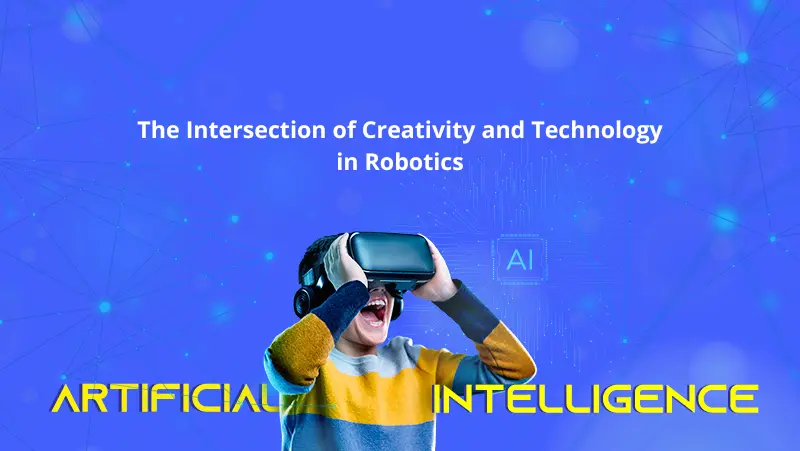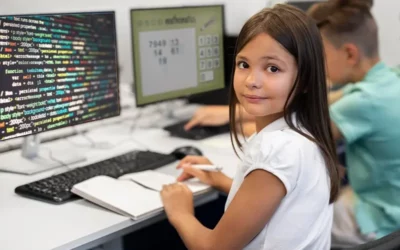Welcome to the exciting world of robotics for kids, where creativity and technology collide to create awe-inspiring machines that are changing the way we live and work. Robotics design is a fascinating field that combines artistic ingenuity with cutting-edge technology to create robots that can perform tasks, solve problems, and interact with humans in ways we never imagined possible.
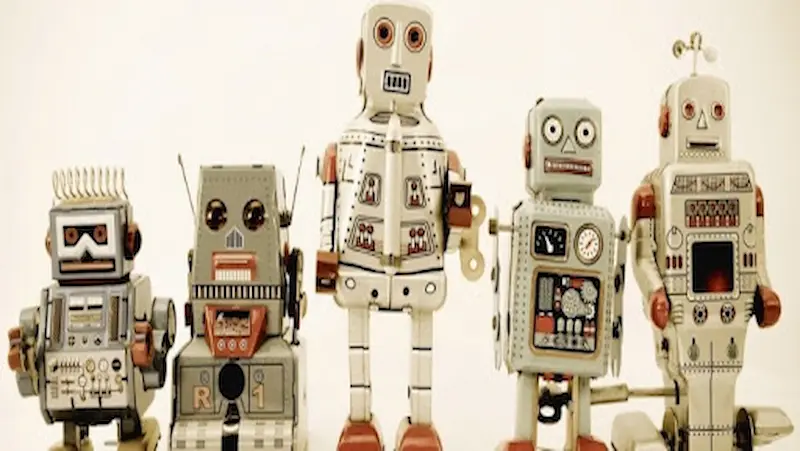
In this blog, we will explore how the art of creativity and the power of technology merge in robotics design, creating incredible innovations that are reshaping our world.
Table of contents
Creative Concepts in Robotics

At the heart of every robotics, design is a creative concept that drives the entire process. From brainstorming ideas to sketching out concepts, creativity plays a crucial role in shaping the form and function of a robot. This section will explore the role of creativity in robotics courses for kids design, highlighting examples of how innovative ideas are translated into functional robotic designs.
Technology and Robotics
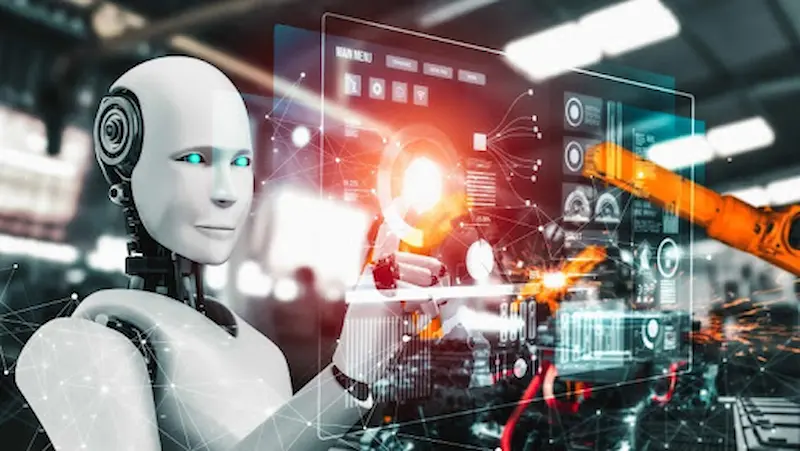
Technology is the backbone of robotics design, providing the tools and capabilities that enable robots to perform complex tasks. From artificial intelligence (AI) and machine learning to sensors, actuators, and advanced materials, this section will delve into the technological advancements that are driving the evolution of robotics design. We will also discuss the role of software and programming for kids in robotics, and how it allows robots to adapt and learn from their environment.
Human-Robot Interaction
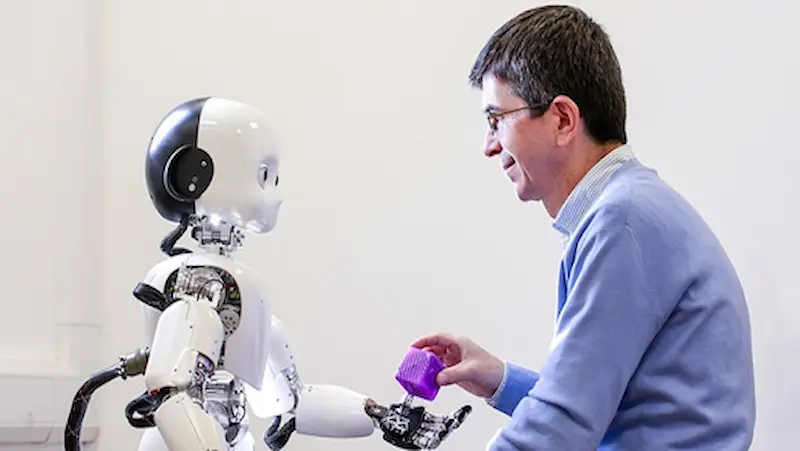
As robots become more advanced and integrated into our daily lives, the way we interact with them is evolving rapidly. This section will explore the fascinating field of human-robot interaction (HRI), which focuses on designing robots that can communicate and collaborate with humans in a natural and intuitive way. We will discuss the challenges and opportunities of HRI, and how creativity and technology are coming together to create robots that can understand and respond to human emotions, gestures, and speech.
Aesthetics in Robotics Design
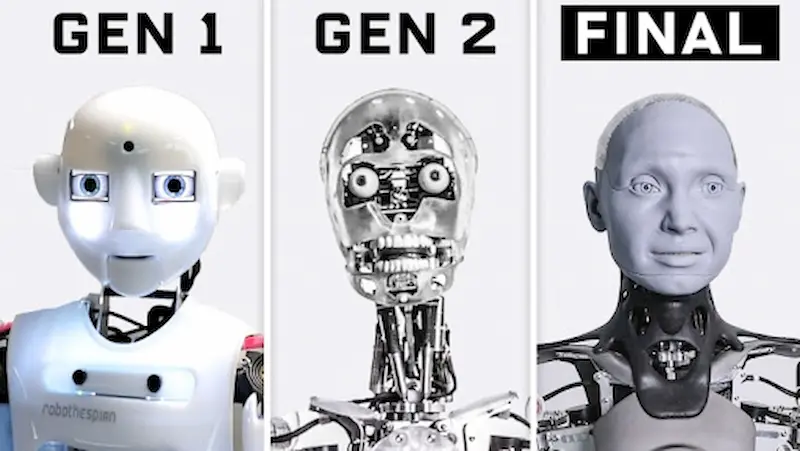
Robotics is not just about functionality; aesthetics also play a significant role in the design of robots. This section will explore how creativity is used to create visually appealing robots that are not only functional but also aesthetically pleasing. We will discuss the importance of form, color, and materials in robotics design, and how they contribute to the overall user experience and acceptance of robots in different environments, from homes to public spaces.
And with this, you have begun on the journey of exploring the exciting world of robotics!
Conclusion
The world of robotics design is a dynamic and ever-evolving field that continues to push the boundaries of what is possible. The fusion of creativity and technology in robotics design has resulted in remarkable innovations that are transforming industries and improving our quality of life. As we continue to explore the possibilities of robotics, the art of creativity and the power of technology will undoubtedly continue to merge, leading to even more astonishing breakthroughs in the future.
To learn more about financial literacy for students follow us.
To get your hands on more such articles, educational content, and free resources on coding classes for kids, online robotics classes for kids, game development, etc., check out the BrightCHAMPS Page now!
Frequently Asked Questions (FAQs)
Robotics design encompasses various components, including creative concepts, technology (such as AI, sensors, and materials), human-robot interaction, and aesthetics.
Creativity is at the core of robotics design, driving the process of ideation, concept development, and problem-solving. It allows designers to come up with innovative ideas that shape the form and function of robots.
Human-robot interaction (HRI) is a field that focuses on designing robots that can communicate and collaborate with humans in a natural and intuitive way. It involves creating robots that can understand and respond to human emotions, gestures, and speech.

